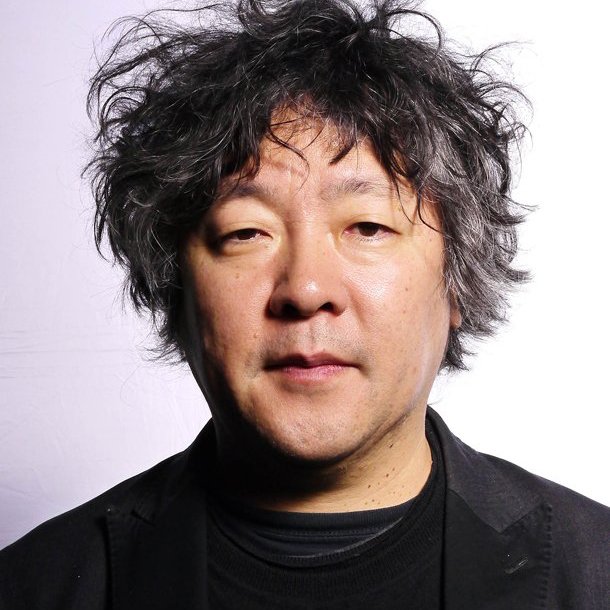Book summary The Way of Nagomi
Simple Way To Live Simply
Book by Ken Mogi

Book Synopsis - The Way of Nagomi
Synopsis of the Book Summary The Way of Nagomi
Book 'The Way of Nagomi' provides a simple way to live a simple and happy life.
The Way of Nagomi is a book that delves into a unique Japanese concept aimed at achieving a relaxed balance across various aspects of life, such as relationships, creativity, and self-expression.
Nagomi emphasizes the harmony of different elements working together, whether in food, personal growth, or cultural practices.
The book discusses the importance of finding peace, learning while staying true to oneself, and blending unlikely components to create a harmonious balance. Nagomi is seen as the pinnacle of Japanese culture and philosophy, promoting a state of effortless calm and balance.
Whether through food, creativity, or individual expression, nagomi encourages integrating diverse elements to achieve a sense of well-being and harmony.
About ken Mogi
Book Author of 'The Way of Nagomi'

This short Book Summary The Way of Nagomi is authored by Ken Mogi.
Kenichirō Ken Mogi is a Japanese scientist who works as a senior researcher at Sony Computer Science Laboratories and a visiting professor at the Tokyo Institute of Technology.
He was born on October 20, 1962, in Nakano City, Tokyo, Japan, and completed his education at the University of Cambridge from 1995 to 1997.
His primary mission, as he says, is to tackle the mind-brain problem.
Book Summary The Way of Nagomi
The Book The Way of Nagomi provides you with the key ingredients and main ideas from the book.
What is Nagomi?
Nagomi Rests on 5 Pillars
1 - Maintaining happy relationships with your loved ones, even if you disagree with them.
2 - Learning new things while always staying true to yourself.
3 - Finding a sense of peace in whatever you are doing.
4 - Mixing and blending unlikely components to strike a harmonious balance.
5 - Having a greater understanding of the Japanese philosophy of life.
In this book summary of 'The Way of Nagomi', let’s explain what 'nagomi' is all about.
The following 3 main lessons are taken out of the Book.
LESSON 1
Nagomi is a unique type of relaxed equilibrium, rooted in a blend of diverse components.
Like many Japanese terms, "nagomi" lacks a direct English translation.
According to Mogi, it roughly signifies balance, comfort, and serenity of the heart and mind.
The balance can be external as well as an inner equilibrium we cultivate.
Ultimately, nagomi signifies a state of human consciousness marked by a feeling of ease, emotional equilibrium, well-being, and tranquility, as explained by Mogi.
Expressed in Japanese kanji (和み), the word's initial character is "wa," which stands for "harmony," while also suggesting "sum," indicating that nagomi always results from multiple, differing elements coming together.
This blending process could be something actively done, like two families gathering for a BBQ, or something occurring spontaneously, like a dragonfly alighting on a flower to create a beautiful natural scene.
In essence, nagomi is evident whenever you experience a sense of effortless calm and balance, stemming from a harmony between different individuals, objects, or concepts.
It is regarded as the foundation of important Japanese concepts such as wabi-sabi, Zen, kintsugi, ichigo ichie, and ikigai, says Mogi. "Nagomi stands at the peak of Japanese culture and is central to the Japanese way of life."
LESSON 2
In the realm of cuisine, nagomi involves combining likely and unlikely ingredients.
Japanese cuisine is beloved globally, partly due to its foundation in nagomi.
This concept is evident in Japanese culinary practices in various ways.
For example, there is the principle of "kaiseki," which emphasizes the balance of ingredients in dishes, considering factors like seasonality, cost, colors, and taste as detailed by Mogi.
Think of a bento box: "The key principle is presenting various items in small portions, with rice always at the core, unifying the other elements."
Another illustration of nagomi in food is "kounaichoumi," or "cooking in the mouth," where individuals are encouraged to alternate bites of rice and side dishes from a young age.
It's about merging flavors on the palate, seeking utmost harmony in the eating experience, explains Mogi.
Furthermore, nagomi extends beyond Japanese cuisine.
"Wayochu" refers to cooking styles originating from Japan (wa), the West (yo), and China (chu), Mogi elaborates.
Nowadays, restaurants serving combinations of wayochu dishes can be found across Japan.
The concept of food nagomi involves blending dishes, ingredients, and cultures based on creativity, resourcefulness, and respect for nature and people.
Next time you enjoy a Japanese meal, keep this in mind and savor the harmony in your food.
LESSON 3
You can express your individual creativity without conflicting with society - this too is nagomi.
In 1945, amidst World War II, a 17-year-old Osamu Tezuka walked through the war-torn streets of Osaka.
A generous family gave him three rice balls, sustaining him on an 18-kilometer trek home.
That day, he resolved to become a manga artist.
In the future, Tezuka would revolutionize Japan's comic art scene, notably with Astro Boy.
Despite manga being a novel format, Tezuka didn't seek to rebel against the system.
Mogi notes that there was no countercultural spirit among the leading artists; they focused on producing quality work.
In Japan, new ideas emerge in a non-disruptive manner, akin to bamboo shoots after rain.
People are adept at exercising individual freedom without aiming to upset societal norms.
Creatively, "nagomi represents a delicate balance between asserting oneself and respecting the broader world," Mogi states.
Creativity involves blending one's uniqueness with broader world aspects.
Individuals like Tezuka have successfully achieved this blend, offering captivating art for generations to enjoy.
You, too, can embody creative nagomi.
Instead of hastily quitting your job, start a side project or revisit a childhood passion.
Express yourself while maintaining a balance - that's the essence of nagomi.
You can read more on The Way of Nagomi at GoodReads

STAFF WRITER
IdeasBeat is an emerging eMagazine and a Multimedia Publishing House where we hunt for diverse ideas and stories from around the world. We share easy-to-digest articles and curated content from selected sources globally.